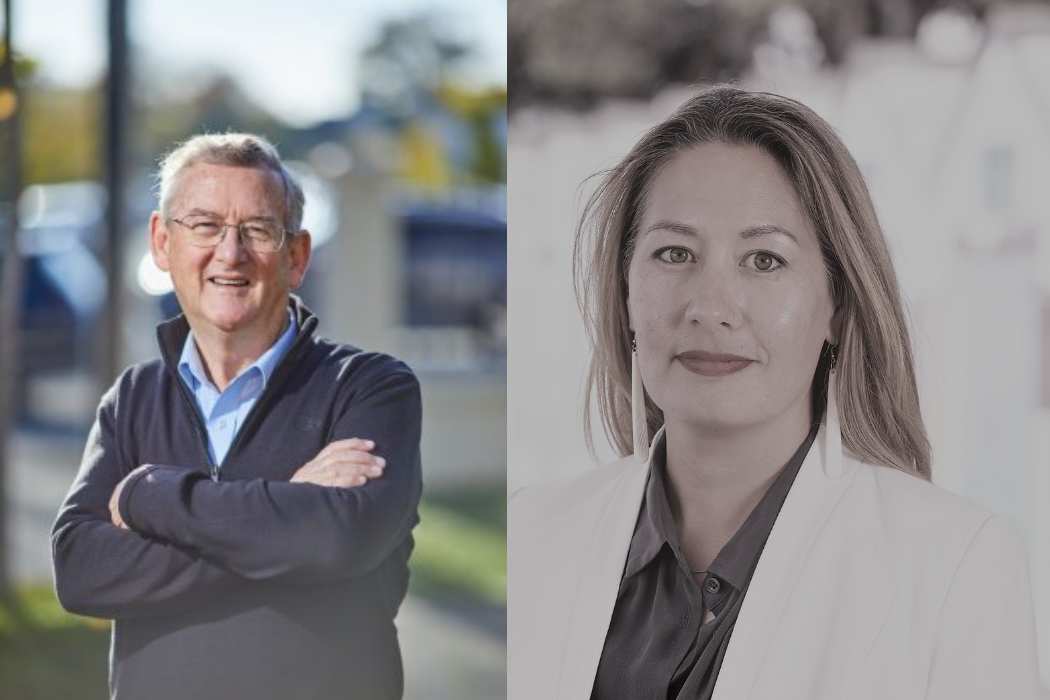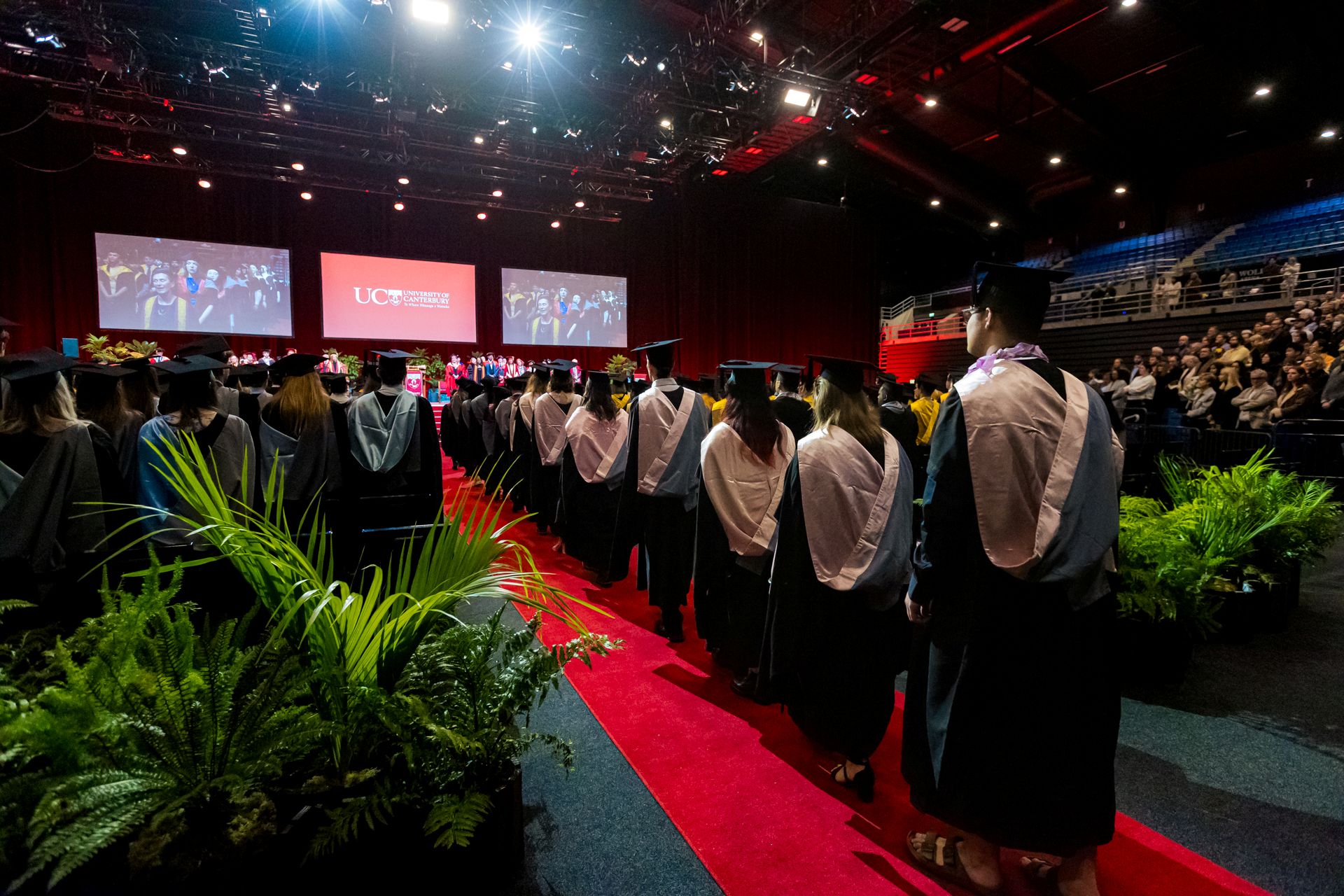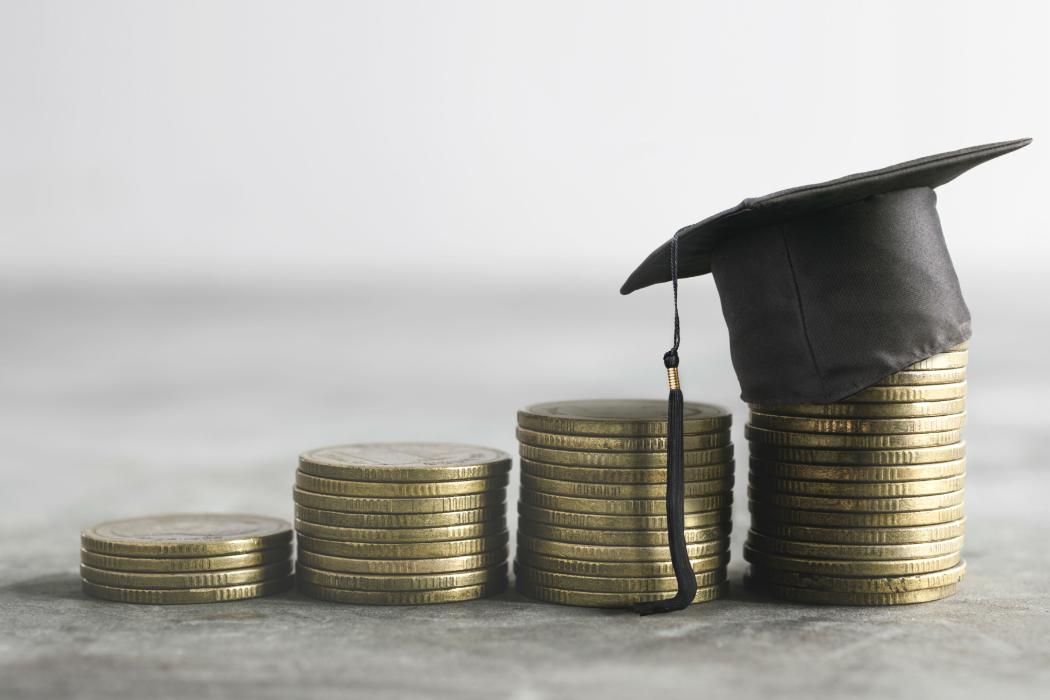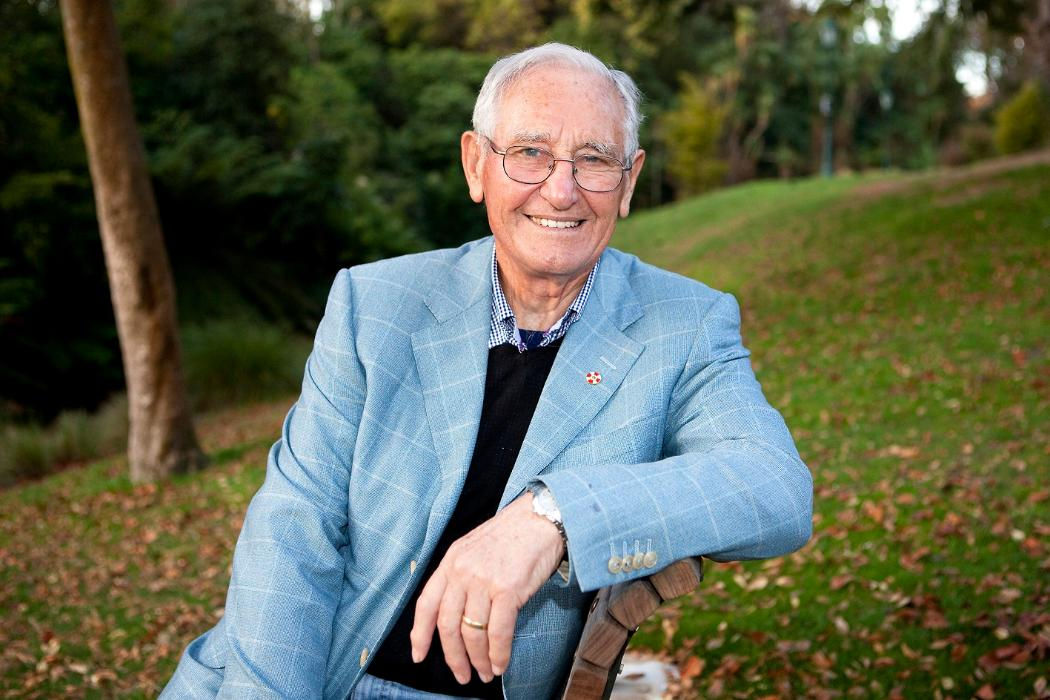The world is undoubtedly in the midst of a climate crisis. This crisis threatens all life on earth, and is driven by consumption of fossil fuels.
Universities worldwide have an acknowledged role in researching viable solutions, educating leaders and innovators of the future and embodying sustainable practice in their own operations.
At UC, our researchers are at the cutting edge of climate change work: Associate Professor Bronwyn Hayward is the only New Zealand lead author on the Intergovernmental Panel of Climate Change (IPCC) 2018 Special Report on Global Warming of 1.5ºC (Sustainable development & Poverty eradication); Engineering Professor Susan Krumdieck regularly comments on the wicked problem of climate change and the solutions; Accounting Professor Markus J. Milne has researched the social and environmental impacts of organisations for 30 years, and so on across every UC College and School. Students have many opportunities to participate; the Sustainability Challenge in early August was fully subscribed.
While innovation and opportunities continue, universities also have an environmental footprint of their own. They all consume energy, creating a paradox, where universities support research that finds solutions to the climate crisis, while simultaneously contributing to it through their operations.
New Zealand and Australian universities are well aware of this potential disconnect and have strategies for reducing their carbon emissions.
At UC, we don’t want to use coal to heat our campus; our staff and students don’t want to contribute to climate change. However, there are challenges in switching to cleaner heating right away.
UC started monitoring its carbon emissions before the earthquakes using the Certified Emissions Measurement and Reduction Scheme (CEMARS) tool – the first university in the Southern Hemisphere to do so. Through CEMARS, we learnt that approximately 50% of our carbon emissions come from heating buildings through burning coal. (Roughly 30% comes from air travel and the remaining 20% is made up of campus vehicle fleet, taxis, waste to landfill, accommodation and gasses associated with particular research strands).
We directed attention to heating first. New buildings – such as University of Canterbury Students’ Association’s just opened Haere-roa building, the 500-bed accommodation block under construction, and the upcoming Recreation Centre – are designed to be heated by decentralised, carbon-neutral heating systems that use ground-source heating. These buildings utilise green building practices – better insulation, use of passive solar in atrium spaces, and materials that absorb and radiate heat.
Older legacy buildings were not designed this way and can only be heated with the current system, but we are working to change this. During the huge programme of post-earthquake building repair works, we have been able to refurbish some buildings to a level of efficiency where they are able to be moved to a biomass boiler system, which will use woodwaste instead of coal. UC’s Ilam campus boiler upgrade is scheduled to happen in summer 2020 and the Dovedale campus boiler upgrade in 2021 at an estimated cost of $19 million.
With more than 100 buildings over the university’s 87-hectare campuses, not all are at the level where ground-source heating would work. More remediation is needed before we can achieve our goal of cutting our coal-based carbon footprint by 80% by 2023, aiming to be carbon-neutral by 2050.
At the same time, we need to look at the carbon footprint of air travel. UC is situated at the edge of the world, while academic work requires participating in a global network of knowledge creators. This is often through attending conferences and workshops, where video-conferencing doesn’t deliver the benefits of attending in person. Additionally, we need to attract high-quality international students, and these too come with a carbon cost. But there are opportunities for improvement. Among these may be fewer trips, and unhooking conference attendance from professional development reviews. At the same time, we may be able to offset some residual emissions from flights using our own forest estate – something we are currently exploring.
To make it easier for staff and students to switch to cleaner modes of travel, a number of strategies have been adopted over the years, including upgrading the cycle infrastructure (more bike parks, a free bike-repair service, free bike hire, repair stations, upgraded locker facilities) and providing charging points for electric vehicles.
There have been some extraordinary constraints at UC related to one of the largest natural disasters in New Zealand history, however we are determined to work towards carbon neutrality. Despite our current dependence on coal burners, we have reduced our total greenhouse gas emissions by a third since 2010 and we are on track to make more gains, as quickly as we can to the benefit of society at large, and ultimately the world.


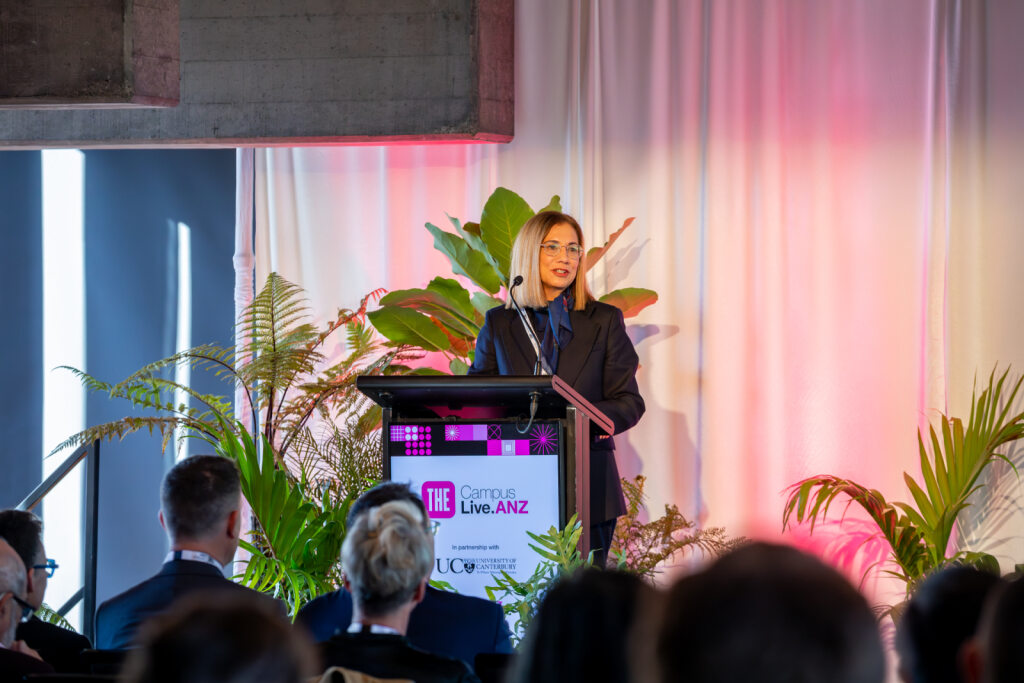

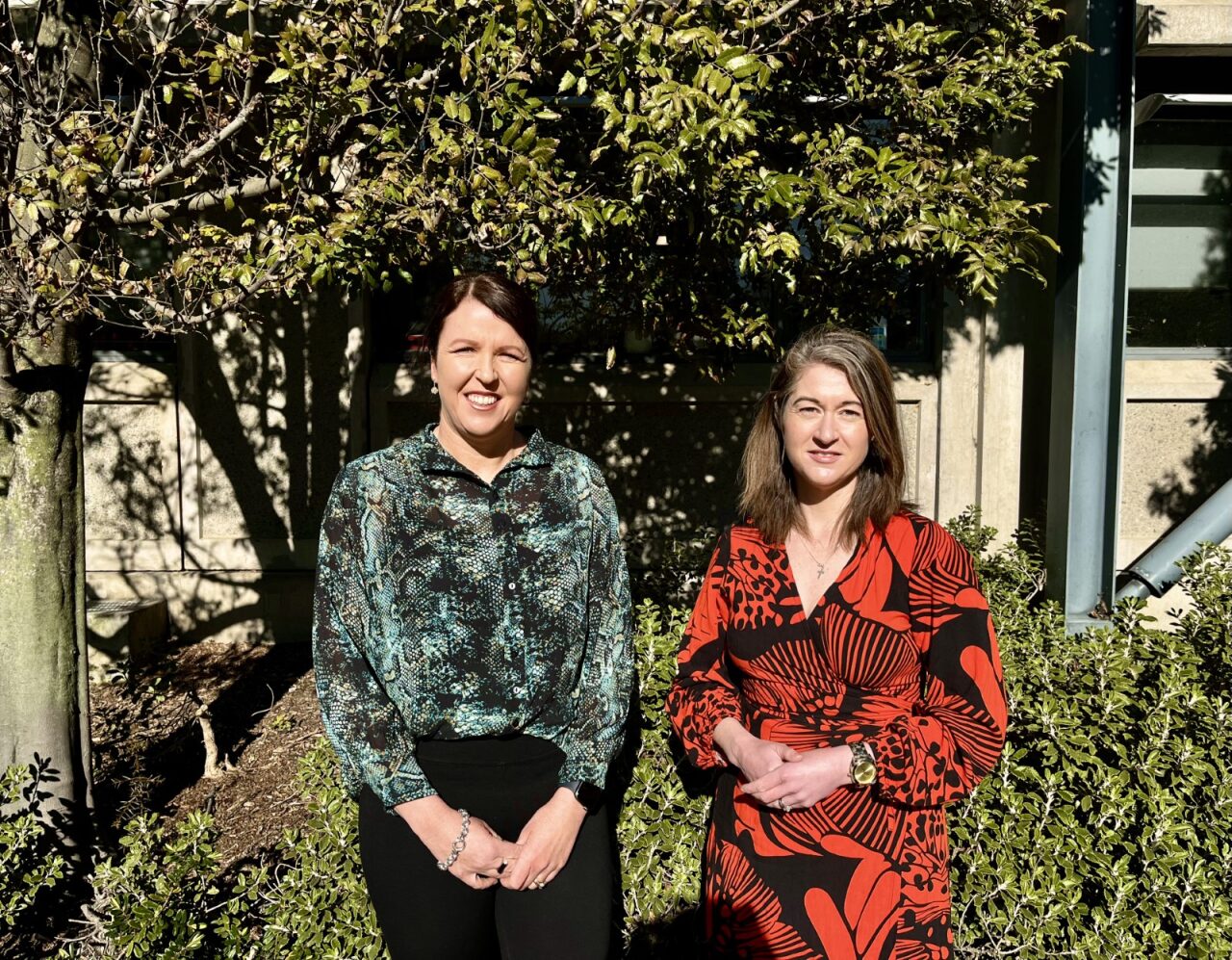
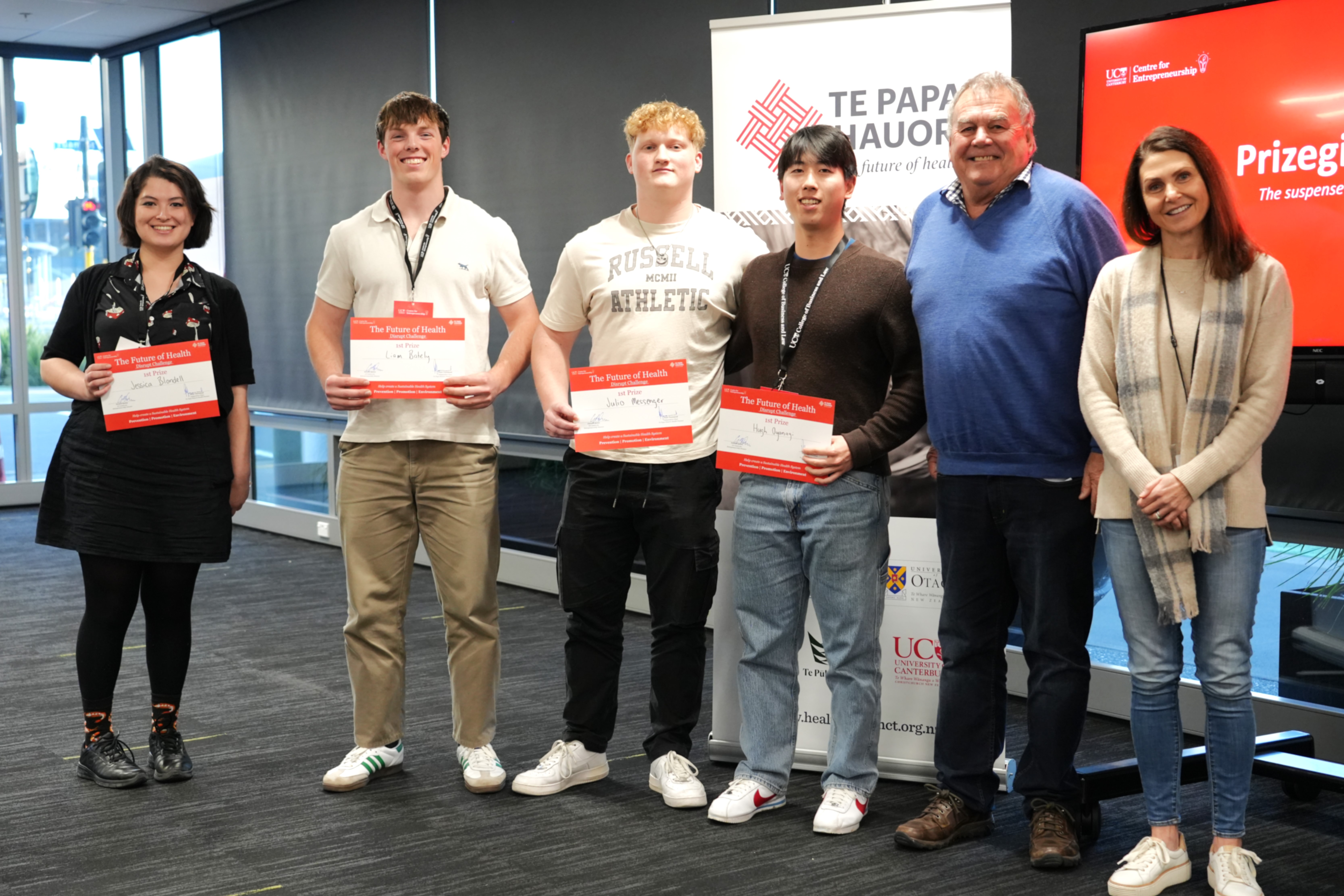
.jpeg)
